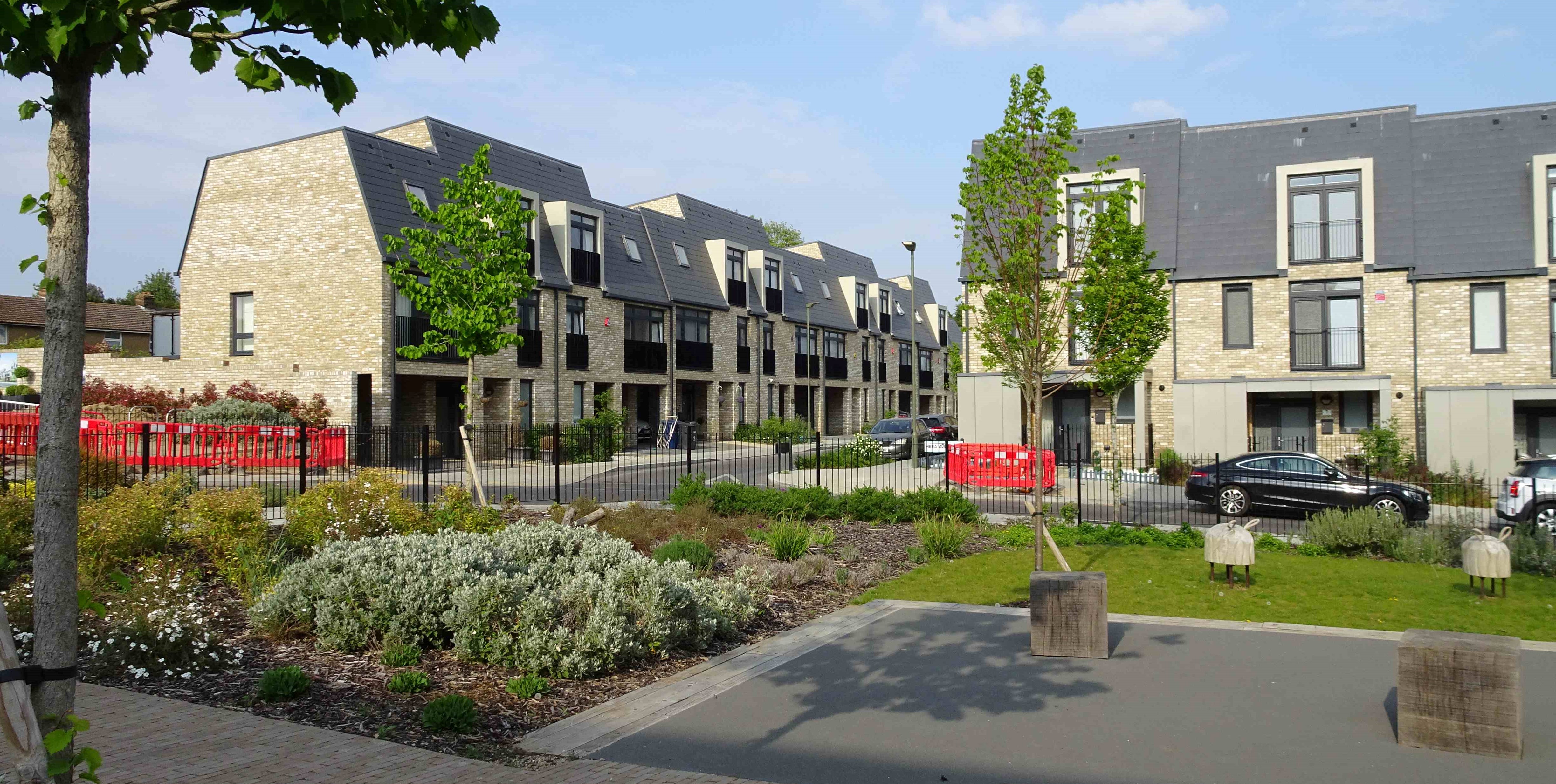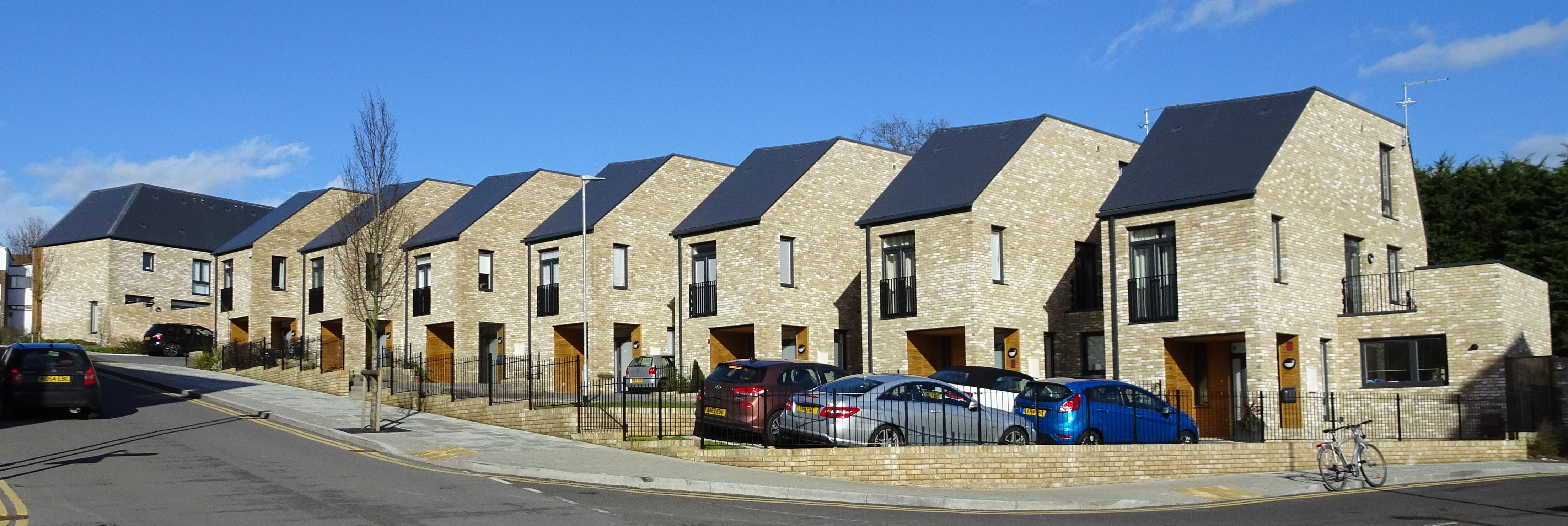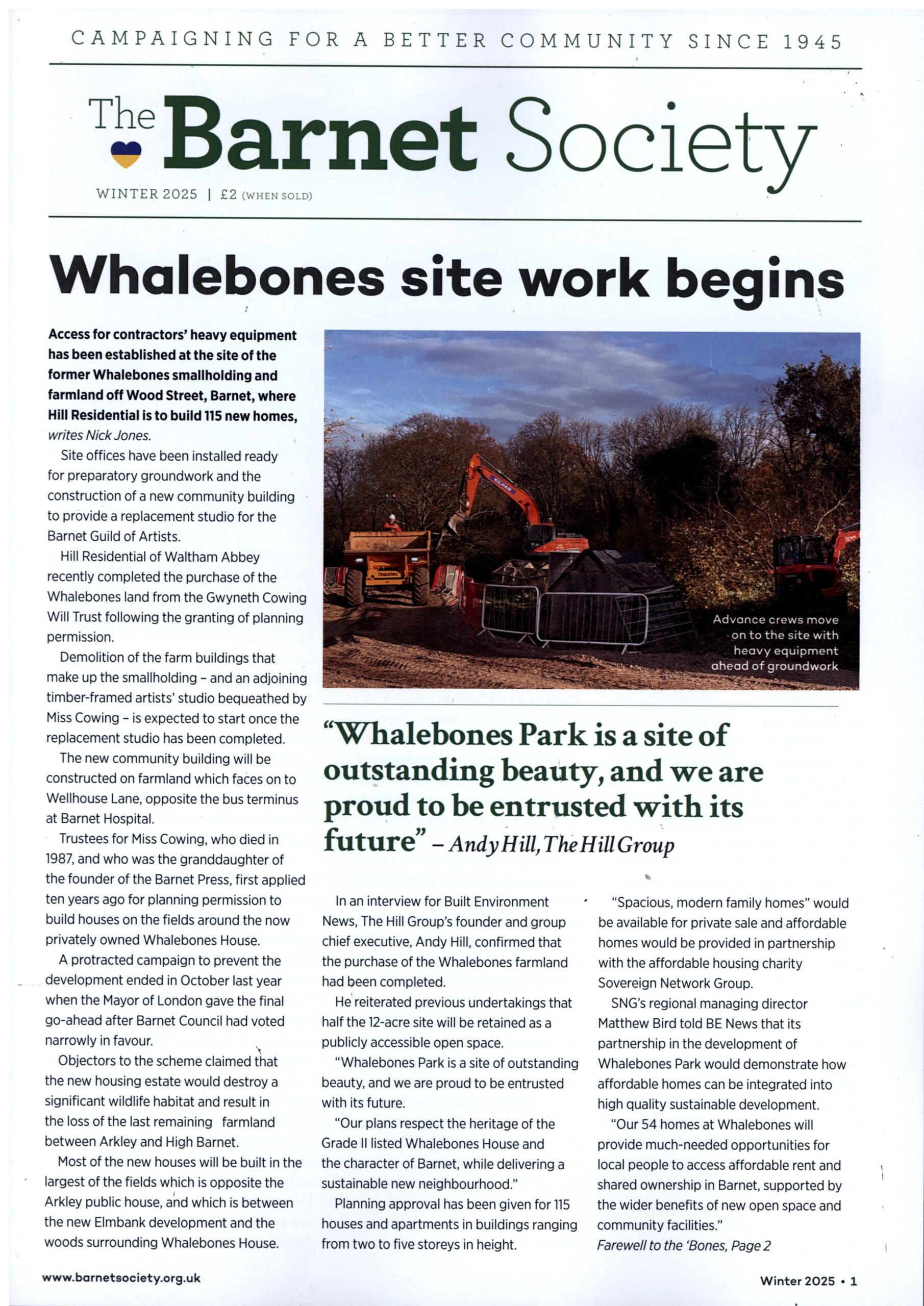New housing in Barnet – a better way forward

Residents in the north of Barnet have recently felt besieged by new housing developments. We want more – and decent – homes for elderly as well as first-time buyers, but much of what is offered is unimaginative, out of scale and character with our neighbourhood, and mostly unaffordable. Surely we can do better? Brook Valley Gardens – nearing completion – shows one promising way forward.
The Barnet Society is hosting a public meeting on how to improve new and existing housing in Barnet. The debate on What in our back yard? WIMBYS, not NIMBYs! will be on Tuesday evening 21 February at The Bull theatre, 68 High Street.
Come and ask questions – and suggest solutions – to our panel of speakers which includes
- Ross Houston, housing lead for Barnet Council
- Dave McCormick, Friends of the Earth
- Simon Kaufman & Russell Curtis, local architects with housing expertise
Doors will open for refreshments at 7:00pm and the meeting will be from 7:30 to 9:15pm. Admission: members – free; non-members – £5 donation (or why not join instead?)

Brook Valley Gardens is a huge site – over 10 hectares (26 acres) of the former Dollis Valley Estate – and planning approval was granted nearly 10 years ago. But because construction won’t be complete before 2025, and because most of it is hidden from Mays Lane, it’s escaped public attention. That’s a pity: it’s an important and exceptional piece of planning and design.
The project, led by Countryside Properties, replaces a late-1960s prefabricated council estate that suffered a range of building and social problems. Wholesale redevelopment contentiously involved displacement of some 177 council tenants but secured a net gain of 192 homes. Of its 631 new homes, 60% were for private sale and 40% were affordable housing (managed by housing association L&Q). The community was to benefit from a replacement nursery and community centre including the Hope Corner café. The Society supported the planning application.
We particularly supported the design approach of the architects. The master-planners of the whole scheme, and architects of early phases, are Alison Brooks Architects, and of later phases HTA Design. Both are housing specialists with fine track records including numerous awards.
A key feature of the scheme is the restoration of traditional streets, which makes navigation easy and knits the new housing into the existing neighbourhood. Each street is lined with trees and has a different combination of flats and houses with gardens.
Most of the houses are in two or three-storey terraces, but the twelve different house-types and their arrangement, sometimes in line and sometimes staggered, avoids uniformity. The flats are blockier and up to four storeys high, and often mark the street corners. This provides an interesting variety of massing and roofline, but the development retains a sense of identity through use of the same cream textured brick and a high quality of landscaping.
Although the scale of the buildings is fairly traditional, they’re often quirky in shape and detail. Not everyone will like that, but it’s a refreshing change from either of the dominant styles in planning applications, neither trad pastiche nor blunt modernism.

The result is a surprisingly high density of housing – over 60 homes per hectare, which is twice the density of postwar suburban housing but never feels claustrophobic or overbearing. Building at this density on brownfield land would not be enough to solve London’s housing shortage, but Brook Valley Gardens does demonstrate that high density does not necessitate tall buildings or inhumane environments.
Another strong feature of the scheme’s design is that all the dwellings are being built to Code for Sustainable Homes Level 4, a standard that was unusually high ten years ago. It includes a wide range of measures such as solar photovoltaic panels, rainwater harvesting, biodiversity and electric car charging points, all accommodated unobtrusively.
In short, Brook Valley Gardens displays a quite unusual quality of both design and construction. It sets a standard that other developers in Barnet would do well to follow – and thereby avoid the acrimonious planning battles that have raged from High Barnet Station to Barnet House in Whetstone, and from the Victoria Quarter to Cockfosters, and that now threaten The Spires.

Tags: #Development #Dollis Valley #Planning #Regeneration #Sustainability #The Spires Shopping Centre
3 thoughts on “New housing in Barnet – a better way forward”
Comments are closed.


An interesting article. It would be good to have views from residents of the estate.
The fact that a large part of this project – displacing almost 200 social housing tenants and replacing said properties with ones that I believe have a starting price of around £500k – amounts to social cleansing is somewhat skirted over in this article (albeit, it is mentioned).
It would be refreshing to see proposals that incorporate all the positive elements outlined in this piece but that also help accommodate social tenants who have built lives and connections locally, not to mention genuinely affordable homes.
totally agree, great to hear the society being positive and supportive of new housing. Agree that we need more of this kind of high quality development in Barnet